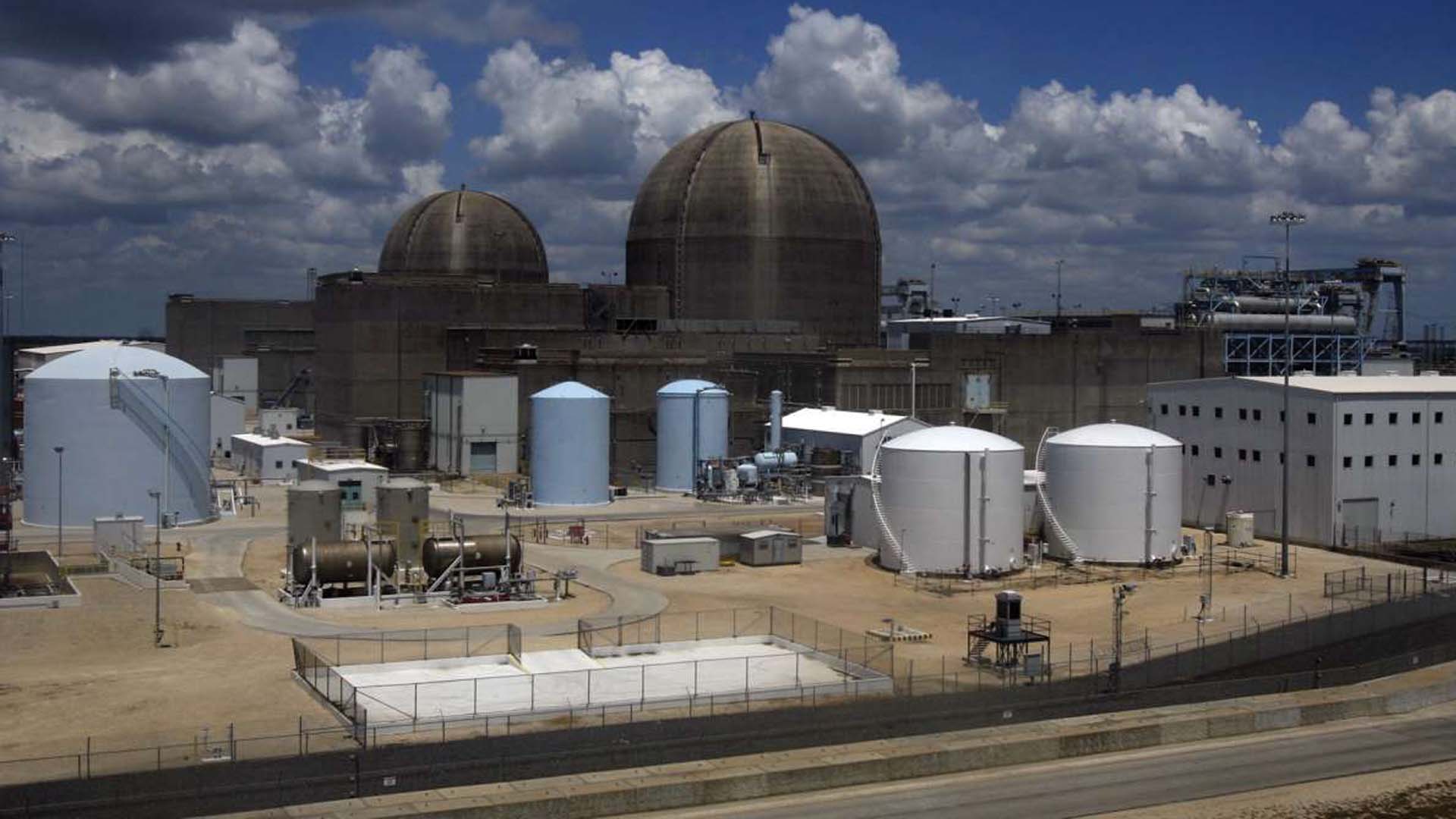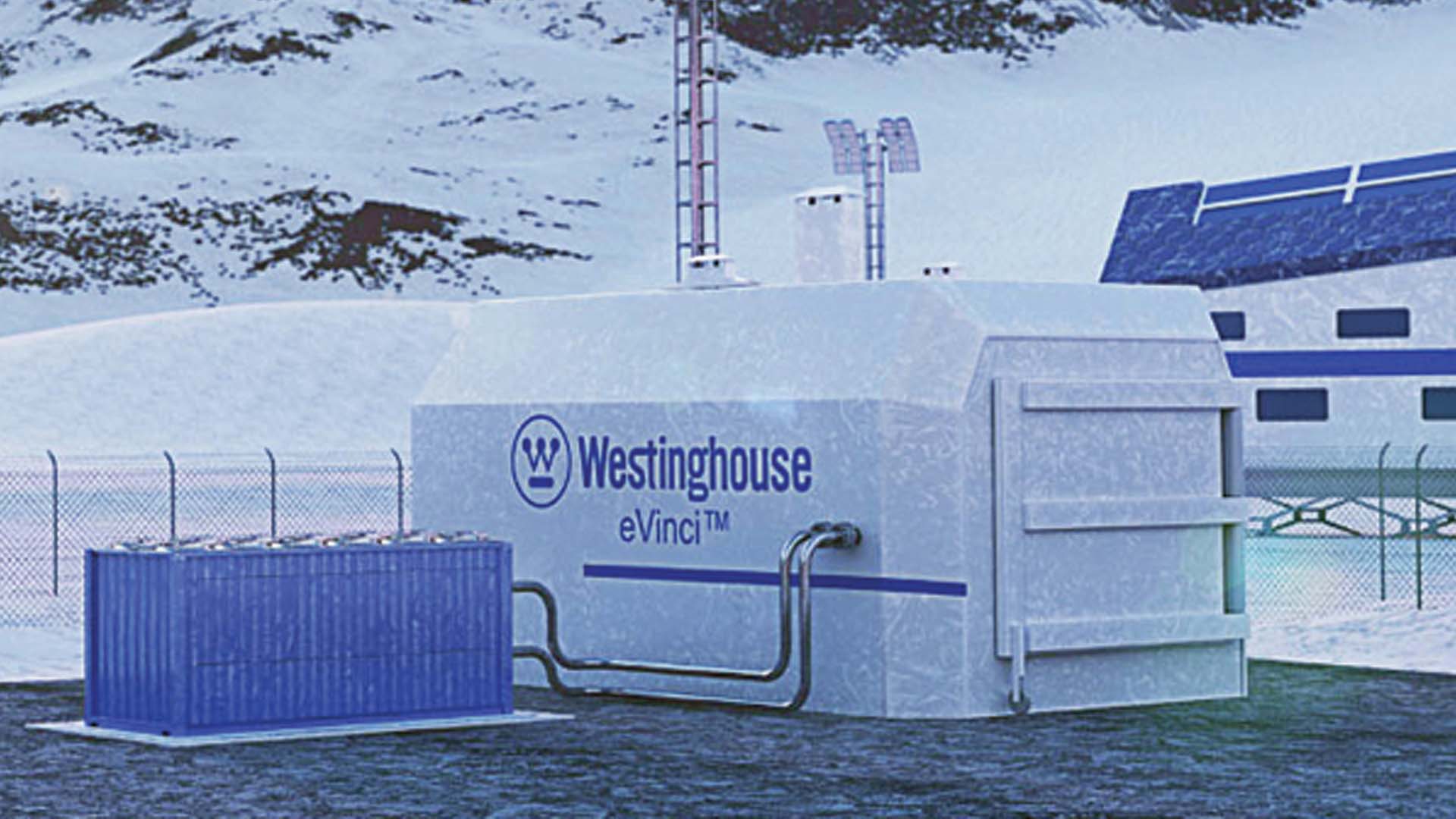Nuclear energy is the power of the future. From its ability to provide a great deal of electricity on a small piece of land 24/7 to its lack of pollution while in operation, nuclear power will help us reach the global goal of net-zero carbon emissions by 2050. Nuclear power plants and advanced nuclear reactors can withstand natural disasters and will increasingly be able to provide energy to places when they need it most.
Nuclear Power Plants
Nuclear power plants are designed with natural disasters in mind, meaning that they are built to withstand whatever weather comes their way. They are also prepared to provide power and help with recovery after the storm.
The Nuclear Regulatory Committee (NRC) requires that everything in a U.S. reactor that can support a safety function to be designed according to the most severe natural phenomena historically reported for the site and surrounding area, including a margin for error to account for imprecise historical data. This combines the natural event with the effects of the plant’s normal and accident conditions, and it includes earthquakes, tsunamis, tornados, fires, and floods. Additionally, nuclear power plant operators are trained every six weeks on how to safely handle external phenomena, and there is regular coordination with local, state, and federal authorities to prepare for emergencies.
Hurricanes
According to a report from the Nuclear Energy Institute (NEI), nuclear energy sites are designed to withstand hurricanes, and they carry a long history of successes.
Before a hurricane, nuclear power plant operators take many measures to prepare for the storm. For example, the staff inspects the entire site to secure any equipment that could be moved by strong winds. They test the emergency diesel generators that are on hand to provide up to seven days of electricity to critical operations if the electric energy of the grid is lost. About 12 hours before a hurricane, operators send regularly updated reports to the NRC. At least two hours before the hurricane’s strong winds arrive at the location (winds that are about 70 to 75 mph), the reactor is shut down. If there is an energy loss outside the site during or after a hurricane, the reactors shut off automatically and emergency diesel generators start so that safety systems continue operating.
There are many examples of U.S. nuclear sites safely withstanding hurricanes. For example, in 2005, Hurricane Katrina, a Category 5 hurricane, hit Unit 3 of the Waterford nuclear power plant in Louisiana. The unit was shut off after the electricity supply was lost, and all emergency equipment functioned according to plan, operating the emergency diesel generators for 4.5 days. In 2011, Hurricane Irene, a Category 3 storm, hit 24 nuclear reactors in 15 sites located between North Carolina and New England—all of them weathered the storm safely.
A great example of a nuclear power plant helping in a natural disaster is in the 2017 Category 4 storm Hurricane Harvey that hit Houston, Texas. During and after the storm, the U.S. Energy Information Administration noted that there were wild fluctuations in electricity generation, including substantial electricity outages and an interruption in wind and solar power. However, nuclear energy did not stop generating electricity.

Photo Credit: San Antonio Express News
The two nuclear reactors at the South Texas Project plant near Houston operated at full capacity. They implemented their severe weather protocols and were prepared to shut off, if need be, but did not have the reason to. The reactors provide 2,700 MW of power to 2,000,000 customers in the area. This nuclear plant has steel-reinforced concrete containment with 4-foot thick walls, and the buildings housing the reactors and used fuel have steel-reinforced concrete walls up to 7 feet thick. These walls were designed to withstand any category of hurricane, a tornado, or even a plane flying directly into it.
Earthquakes
Nuclear power plants are also designed to withstand earthquakes beyond the magnitude of the strongest earthquake recorded at that site. This system is called Probabilistic Seismic Hazard Analysis.
Engineers and scientists calculate the potential for earthquake-induced ground motion at a site using data and impacts of historical earthquakes whose epicenters are up to 200 miles away, closely studying earthquakes that have occurred within 25 miles. This research helps determine the maximum potential earthquake for a particular site.
For example, the San Onofre nuclear power plant in California is designed to withstand a magnitude 7.0 earthquake 5 miles away. The Diablo Canyon power plant, also in California, is designed to withstand a magnitude 7.5 earthquake 3 miles away.
Additionally, the NRC requires plant operators to shut down a reactor even if a seismic event occurs that falls within the levels that the plant can operate in. After the shutdown, operators must inspect the entire plant and seek NRC approval before they can restart the reactor.
What happened at Fukushima?
In 2011, an earthquake and deadly tsunami hit Japan’s Fukushima Daiichi nuclear power plant eliminating off-site power supplies and flooding the backup generators that powered the reactor cooling systems. The reactors overheated and released hydrogen, which is explosive under certain circumstances but is not radioactive.
After the disaster, the United States Nuclear Regulatory Commission (NRC) issued orders to U.S. nuclear energy facilities to prevent anything close to Fukushima from happening in the U.S., specifically addressing the ability of existing nuclear facilities to withstand earthquakes and massive flooding.
Advanced Nuclear Reactors
Looking ahead to the near future, advanced nuclear reactors, small modular reactors, and microreactors will be able to aid in keeping the power on in cities and towns when a natural disaster hits.
Advanced reactor designs have many layers of protection, including automatic safety systems that protect them against extreme weather. Multiple backup safety systems automatically shut the reactors down if there is an issue, meaning they can come back online quickly to supply power after the storm. Small modular versions of these reactors are expected to be ready for commercial use in the next 10 years.
Even smaller microreactors generate one to ten megawatts of electricity and are a cost-effective way to easily and quickly get energy to disaster-stricken areas. Even though they are smaller, they can generate enough electricity for emergency response efforts and hospitals. They are also able to produce electricity independent from the grid and can operate for 10 years or more without needing to refuel. In Spring 2020, the U.S. Department of Defense selected BWX Technologies, Inc., Westinghouse, and X-energy to work on a project to develop nuclear microreactors.

One of the most exciting parts of advanced nuclear reactors will be their ability to aid remote and island communities after natural disasters. For example, after Hurricane Maria hit Puerto Rico in 2017, it took 11 months to restore electrical power to the entire island. If nuclear micro-reactors would have been commercially available after this storm, more areas may have seen their power restored sooner.
The Nuclear Alternative Project (NAP)—a nonprofit organization of Puerto Rican engineers—has been studying the prospect of using advanced reactors to help Puerto Rico following Hurricane Maria. Small modular or microreactors deployed in remote areas like Puerto Rico could allow for a more reliable electricity supply.
Read more about nuclear energy HERE, or stream Tomorrow’s World Today’s four-part exploration of nuclear energy on Science Channel GO and Discovery GO!







